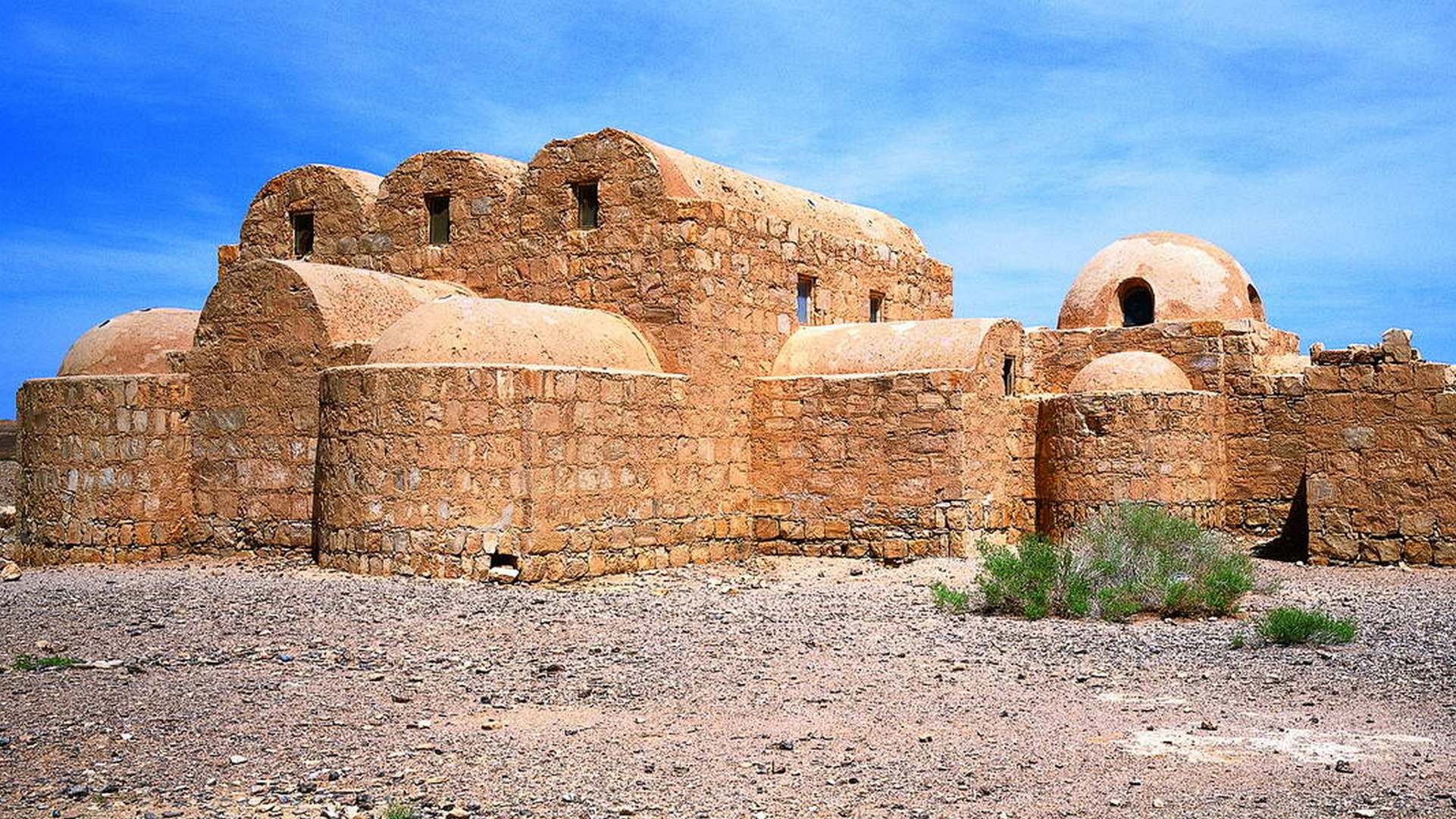Description
Property Name: Quseir Amra
Inventory No: 962-5-1
Date of infill of the inventory form: 2008-01-29
Country (State party): Jordan
Province: Zarqa
Town:
Geographic coordinates: 31° 48′ 7″ N
36° 35′ 9″ E
Historic Period: Umayyad
Year of Construction: 8th century
Style: Umayyad
Original Use: Fortress
Current Use: Unknown
Architect: Unknown
Significance
Built in the early 8th century, this exceptionally well-preserved desert castle was both a fortress with a garrison and a residence of the Umayyad caliphs. The most outstanding features of this small pleasure palace are the reception hall and the hammam, both richly decorated with figurative murals that reflect the secular art of the time.
Selection Criteria
i. to represent a masterpiece of human creative genius
iii. to bear a unique or at least exceptional testimony to a cultural tradition or to a civilization which is living or which has disappeared
iv. to be an outstanding example of a type of building, architectural or technological ensemble or landscape which illustrates (a) significant stage(s) in human history
State of Preservation
The fortress of Qusair Amra, square in shape, is in ruins with nothing more than the foundations remaining. But the small country house with its three-nave reception hall and hammam still exists with its extraordinary mural decorations. These murals, which were discovered by the Austrian, Alois Musil in 1898, who made them known in 1907, were recently restored by a team of Spanish specialists headed by the archaeologist, Martin Alma-gro.
Qusayr ‘Amra in the UNESCO World Heritage Site in 1985.
References
–


